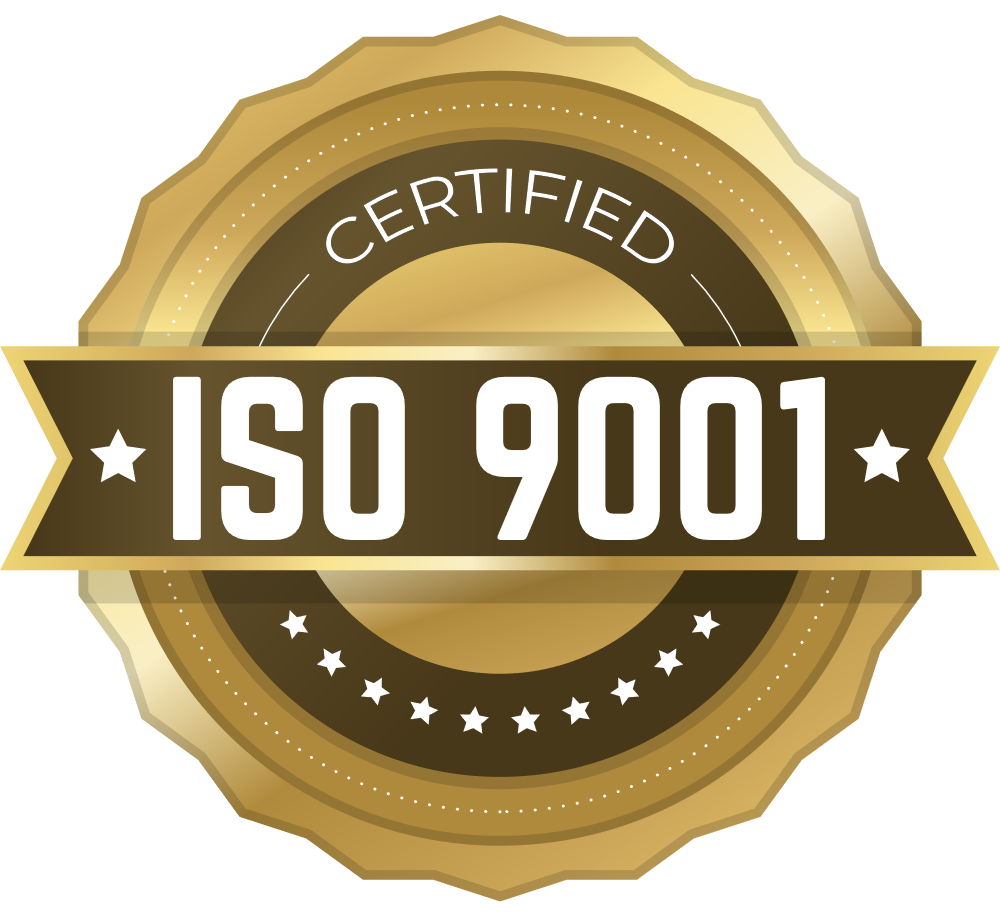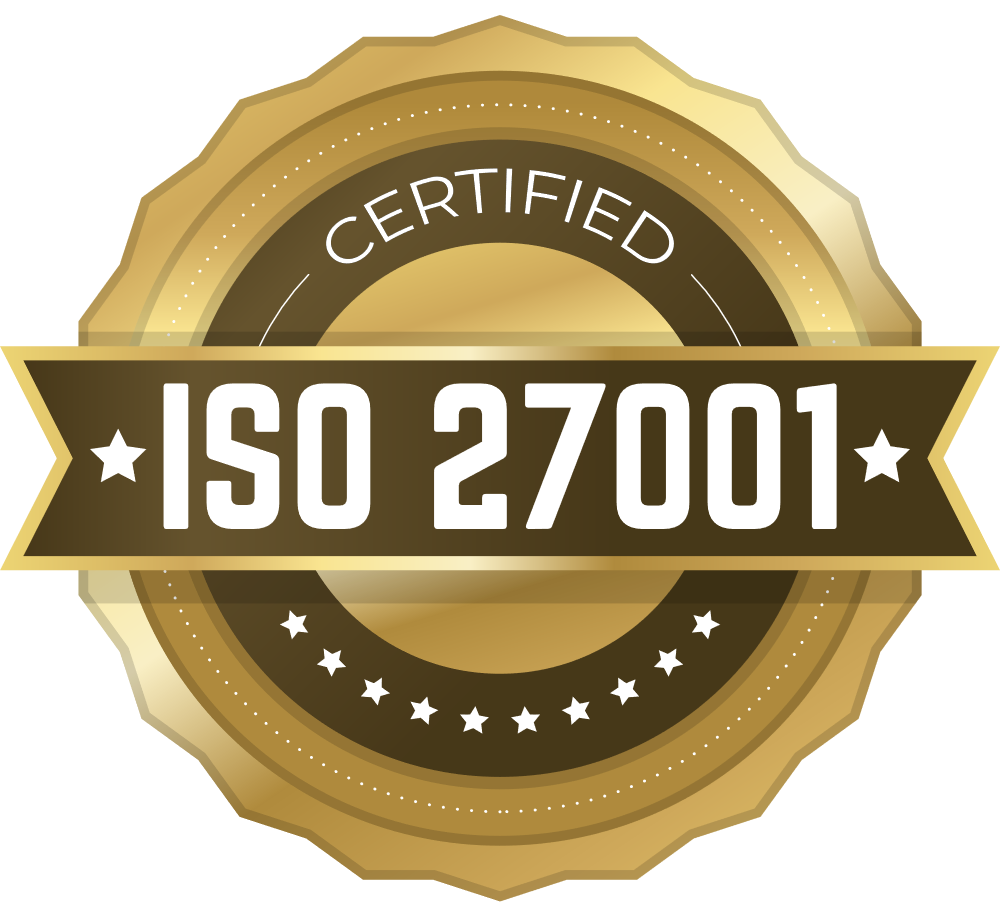Fortune 500 Enterprise: From Reactive to Predictive Security Operations
Key Impacts
About
A leading global enterprise managing complex, distributed technology infrastructure across cloud-native applications, microservices, and dynamic development environments. The organization prioritizes proactive security as a critical enabler for business continuity, regulatory compliance, and customer trust.
Operating at significant scale with hundreds of developers and millions of lines of active code, the customer required advanced threat intelligence integration and seamless security automation embedded directly into development workflows.
The Challenge
As the organization scaled, security and development teams faced mounting operational friction:
Fragmented Threat Intelligence
The security team maintained multiple risk sources—vulnerability assessment and penetration testing (VA/PT) reports, software composition analysis (SCA) tools, cloud security posture management platforms, and external threat intelligence feeds. Aggregating and correlating these disparate streams required significant manual effort, often leading to delayed threat detection and incomplete risk analysis.
Lack of Predictive Threat Modeling
Manual collation of risk data made it nearly impossible to proactively identify emerging attack paths or correlate risks across Cloud, On-premises and vendor SaaS systems. Without predictive analytics, security operations remained fundamentally reactive—detecting issues after exposure, rather than anticipating threats before they materialized.
Slow AppSec Remediation Cycles
Application security was managed through staged, manual reviews and periodic code assessments. Security findings from pull request (PR) reviews and comprehensive code scans were processed slowly, often requiring days to weeks for remediation. This created extended windows of vulnerability exposure and increased the likelihood of reintroducing previously identified security issues.
Tool Silos and Manual Orchestration
Security controls, development platforms, and infrastructure management systems operated in silos. Coordinating between vulnerability scanners, code review platforms, issue tracking, and communication tools required manual handoffs. This lack of orchestration led to delays, duplicated effort, and missed correlations between related findings.
Development Friction and Alert Fatigue
Developers faced constant interruptions from security alerts, many of which were duplicative or low-priority. Manual remediation workflows created friction in development velocity and contributed to alert fatigue across both security and engineering teams.
The Solution
The customer deployed autobotAI, a unified cyber agent workflow builder platform, to design and operationalize two critical security workflows: predictive threat modeling and automated AppSec remediation. By building intelligent, multi-agent workflows on autobotAI, the organization transformed fragmented tooling into coordinated, autonomous security operations.
Unified Integration Layer
autobotAI integrated with the customer's core security and development platforms: VA/PT Tools — ingesting scheduled and ad hoc vulnerability assessment and penetration testing reports
Software Composition Analysis (SCA) — continuous monitoring of open source and third-party dependency risks
Cloud Security Posture Management (CSPM) — identification of cloud misconfigurations and policy violations
External Threat Intelligence — live feeds on emerging threats, indicators of compromise, and adversary tactics applied on existing attack surface from threat intel. Development Platforms — deep integration with Git, PR systems, CI/CD pipelines, and code review tools
Issue Tracking & Collaboration — Jira, Slack, and internal communication platforms for workflow orchestration and approvals
This created a unified orchestration layer where autobotAI could ingest data, make intelligent decisions, and execute coordinated actions across the entire security and development stack.
Predictive Threat Modeling Agent Workflow
Using autobotAI's workflow builder, the security team constructed a sophisticated threat modeling agent that:
Normalized and Correlated Risk Data — automatically ingesting VA/PT reports, SCA findings, cloud posture violations, and threat intelligence, then normalizing across disparate formats and correlating related findings
Applied Predictive Analytics — identifying emerging attack paths, risk clusters, and high-impact threat patterns by analyzing historical trends, threat intelligence feeds, and asset relationships
Automated Prioritized Risk Register — continuously updating a ranked, unified risk inventory based on exploitability, business impact, asset criticality, and active threat landscape intelligence
Mapped Threats to Assets — linking identified threats to specific applications, infrastructure components, and development teams for targeted remediation
Automated AppSec Remediation Agent Workflow
Building on predictive threat modeling outputs, the organization constructed a specialized AppSec remediation agent that:
Integrated with Development Pipelines — connecting directly to Git repositories, PR systems to evaluate security posture in real time
Automated PR and Code Review — analyzing code changes against new and historical vulnerabilities, and security policies during pull request submission from developers.
Orchestrated Intelligent Remediation — generating remediated code with detailed code comment, actionable tickets; suggesting fixes based on common patterns and best practices; or directly remediating code issues and agent commit updates to new branch and send new PR details to developer for testing.
Coordinated Multi-Step Approvals — routing high-risk fixes through approval workflows via Slack and Jira, with full audit trails and enforcement of authorization before deployment
Maintained Feedback Loops — tracking remediation outcomes, measuring fix quality, and continuously improving agent recommendations based on developer feedback and post-deployment validation
This end-to-end automation eliminated manual review bottlenecks, significantly reduced mean time to remediate vulnerabilities, and increased application security resilience at scale.
Orchestrated Security Operations
autobotAI functioned as the orchestration backbone—coordinating threat modeling and AppSec remediation workflows with the customer's collaboration and task-tracking platforms. Security incidents, high-risk findings, remediation actions, and approvals flowed through automated workflows with complete auditability, delivering transparency and governance while maintaining strict data residency and privacy controls.
Implementation Approach
Multi-Agent Workflow Development
autobotAI engineers collaborated with the customer's security, development, and infrastructure teams to help them build sophisticated threat modeling and AppSec remediation agents on autobotAI. The implementation followed an iterative, validated approach:
Phase 1: Integration & Data Normalization — Seamless integration with VA/PT, SCA, CSPM, and threat intelligence feeds; normalizing data formats; and establishing baseline correlations without any coding skill or complex automation knowledge.
Phase 2: Predictive Threat Modeling — Threat modeling agent integrated with multiple LLM models to identify attack paths, correlate risks, and generate prioritized risk registers.
Phase 3: AppSec Automation — AppSec remediation agent for PR-stage analysis, automated fix suggestions, and orchestrated remediation workflows
Phase 4: Workflow Refinement — testing in non-production, gathering feedback from developers and security teams, and refining agent behavior based on real-world outcomes
Policy-Driven Automation
All remediation workflows were configured with granular policies that distinguished routine fixes from critical changes. Low-risk, zero-business-impact remediations were automated end-to-end. Changes affecting production systems, incurring infrastructure costs, or requiring maintenance windows triggered intelligent approval workflows via Slack, with stakeholder routing, response tracking, and enforcement of authorization before execution.
Serverless, Scalable Deployment
autobotAI was deployed as a fully serverless application within the customer's cloud environment, providing automatic scaling to handle high-volume security event processing, batch threat analysis, and multi-step remediation workflows without infrastructure overhead.
Technical Architecture Summary
● Multi-agent AI orchestration for threat modeling, correlations, predictive analytics, and remediation decisions
● Flexible and Simple integration layer connecting VA/PT, SCA, CSPM, threat intelligence, development platforms, and collaboration tools
● Policy-driven remediation engine executing automated fixes at code and infrastructure layers, with approval gates for high-risk actions
● Workflow builder enabling security teams to design custom threat modeling and remediation agent behaviors
● Scalable, serverless architecture within the customer's secure cloud environment with automatic scaling and minimal operational overhead
● Comprehensive audit and compliance framework maintaining full action trails, approval records, and outcome tracking for regulatory and governance requirements
● Bidirectional integrations for ingestion (threat data, code changes) and execution (code fixes, ticket creation, notifications)
Accelerated Application Security
By automating remediation at the PR stage, the organization:
● Eliminated manual code review bottlenecks and reduced time from finding to fix
● Improved developer experience by providing automated remediation suggestions within their existing workflows
● Reduced recurring vulnerabilities through automated pattern detection and consistent policy enforcement
● Increased overall application resilience through continuous, coordinated security validation
Operational Efficiency Gains
● Reduced analyst workload by automating threat data correlation, prioritization, and initial triage
● Eliminated manual ticket creation and coordination through end-to-end workflow automation
● Freed security teams for higher-value activities like threat hunting and architecture reviews, rather than repetitive data aggregation and remediation tracking
● Improved MTTR tracking and SLA compliance with automated audit trails and transparent remediation metrics
Enhanced Team Collaboration
With autobotAI's multi-agent orchestration:
● Security, development, and infrastructure teams collaborated around unified risk intelligence.
● Developers received actionable security guidance within their existing workflows.
● Approvers gained full context and audit trails for critical remediation decisions.
● Real-time Slack notifications and Jira integration improved coordination and reduced context-switching
Continuous Compliance & Governance
● Complete auditability across threat detection, correlations, remediation actions, and approvals
● Policy-aligned automation ensuring remediation adhered to organizational standards and compliance requirements
● Transparent risk tracking enabling security leadership to measure progress and demonstrate compliance improvements to stakeholders
Looking Ahead
The customer is expanding the autobotAI platform with new security agent workflows and enhanced multi-agent workflow capabilities for use cases like DLP and IAM operations automation.





